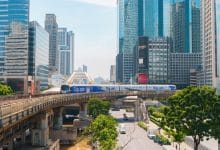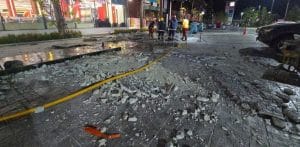Navigating Bangkok: A guide to the city’s train systems
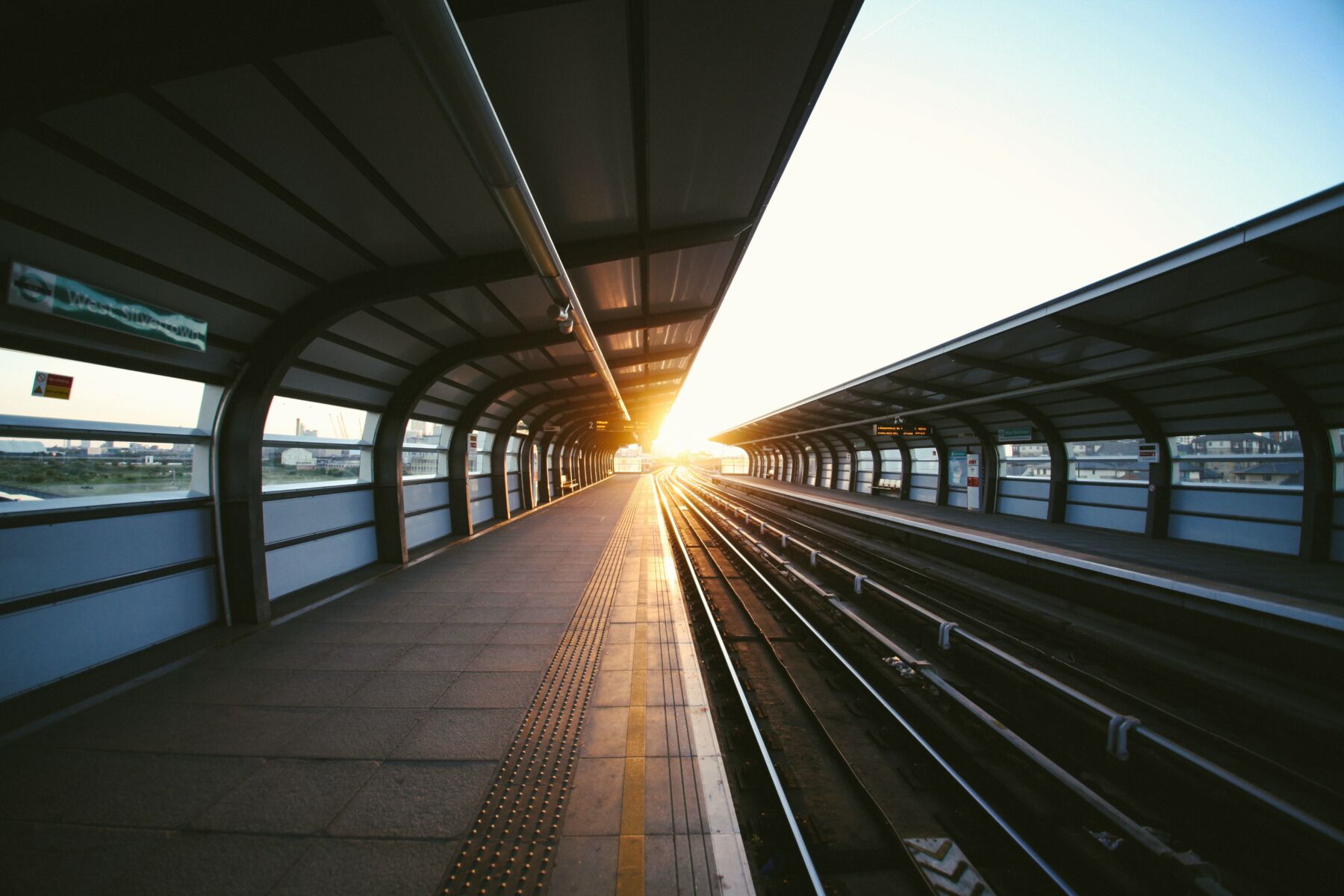
The train networks in Bangkok are the beating heart of the city’s transportation system. They provide a comprehensive and time-saving means to navigate the city.
The Sukhumvit and Silom Lines of the Bangkok Mass Transit System (BTS) Skytrain soar above the surrounding traffic to connect the city’s neighbourhoods. The Blue, Purple, and Yellow Lines of the Metropolitan Rapid Transit (MRT) provide connections between significant urban centres. It uses both subterranean and above-ground modes of transportation.
The Airport Rail Link (APL) provides a convenient and comfortable shuttle service for passengers. This travels between Suvarnabhumi Airport and central Bangkok. In addition, the State Railway of Thailand (SRT) Red Lines are currently undergoing expansion. It allows for wider access to suburban areas.
Let’s get through these trains to find which ones are suited to you.
MRT Train (The Metropolitan Rapid Transit)
The MRT train serves the Bangkok Metropolitan Region in Thailand, the transportation system that can be categorised as “fast transit.” This network was built in Thailand. The MRT system began operating for the public for the very first time in 2004, and at the present time, it has three lines that are running without any significant issues.
These lines are coloured blue, purple, and yellow. There is now only one line, the orange one, that is being developed. At the moment, preparations are being made for the construction of an additional three lines, which are Brown, Grey, and Pink lines respectively.
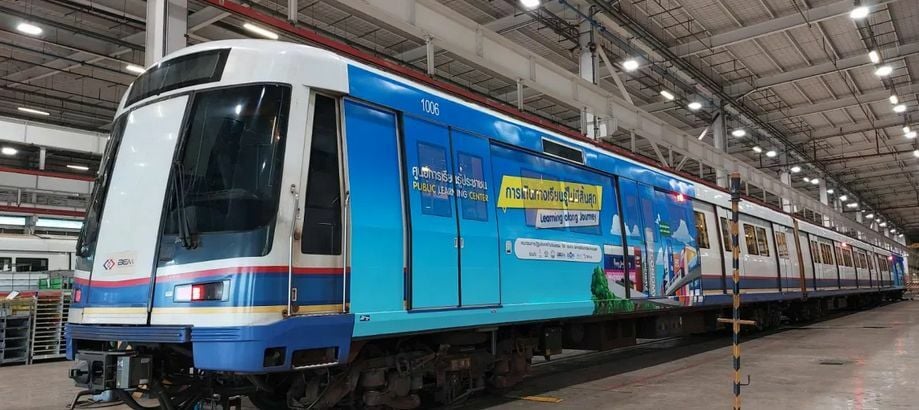
The Blue Line (MRT Chaloem Ratchamongkhon Line)
Originally, it extended all the way from Hua Lamphong in the southern part of the city to Bang Sue in the northern part. With the passage of time, the route has been extended in the form of a loop, connecting significant locations such as the Chatuchak Weekend Market, the Thailand Cultural Center, and Lumpini Park in addition to a great number of other locations.
The Purple Line (MRT Chalong Ratchadham Line)
It began operating in August of 2016, and its current route begins at the Tao Poon Station (where it connects with the Blue Line) and travels in a northwesterly direction to Khlong Bang Phai in the province of Nonthaburi.
The Purple Line provides commuters with an easier way to get into and around the major metropolis by connecting suburban districts to the downtown core.
The Yellow Line (MRT Lat Phrao-Samrong Line)
Yellow Line is a monorail line that runs on elevated tracks in Bangkok and Samut Prakan Province in Thailand. It is the first monorail line in Thailand as well as the third line of the rapid transit system known as the MRT. The line started on July 3, 2023, and it features a total of 23 stops.
The route begins at the crossroads where the Ratchadaphisek and Lat Phrao roads meet, and it terminates at the Lat Phrao station, where it connects with the MRT Blue Line.
As part of the planned extensions of the MRT network in Bangkok, which intends to improve city-wide transit and reduce congestion, the Pink, Brown, and Grey lines are going to be added to the network in the coming years.
SRT by State Railway of Thailand (Red Line)
The Red Lines train is a part of Bangkok’s initiatives to improve public transit and reduce traffic congestion through suburban commuter rail services. These are carried out as a part of Bangkok’s Smart City project.
The Metropolitan Administration of the city is the one in charge of carrying out these various activities. There are two distinct itineraries available for the Red Line:
Dark Red Line Train
This line travels all the way up to Rangsit, which is located in the far north of Bangkok. From its origin point in Bang Sue Grand Station, which is located in the middle of Bangkok.
Along the path of this corridor are a number of densely populated urban and suburban districts; it intends that this route will provide service to those places. Because of your efforts, thousands of individuals will have a convenient alternative to driving themselves to work each day when you make this service available.
Light Red Line Train
Beginning at Bang Sue Grand Station and proceeding in a westerly direction, this line continues on all the way to Taling Chan. It is a connection between the western sections of the city and the central business core of the city in this particular city.
People who live or work along this route will be able to take advantage of the benefits of a reduction in the amount of time it takes to travel as well as an improvement in the level of comfort provided by the service. These benefits will be delivered as a result of an improvement in the level of comfort provided by the service.
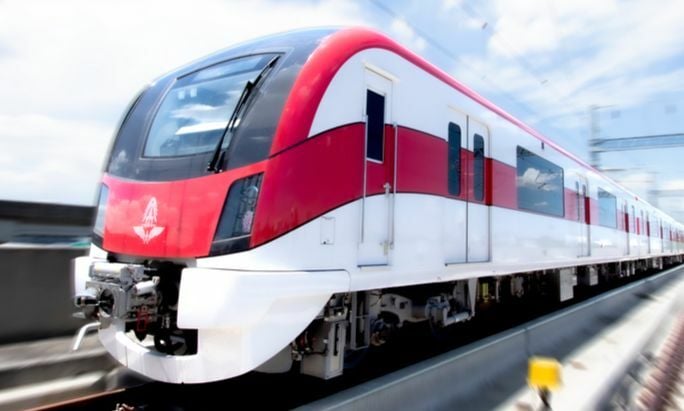
BTS (Bangkok Mass Transit System)
The Bangkok Mass Transit System, better known as the BTS or Skytrain, is a lifeline for commuters in Bangkok, Thailand. It started operations in 1999 and quickly became a favourite mode of transport. Its trains run high above the streets on elevated tracks. The Skytrain has two main lines: the Sukhumvit Line and the Silom Line train. Together, they cover many key areas of Bangkok.
Riding the BTS is easy, fast, and convenient. Stations and trains are clean and air-conditioned, offering comfort even in the heat of Bangkok. The system connects with other forms of transport, such as the MRT and the Airport Rail Link.
Passengers can buy single-journey tickets or rechargeable smart cards. The BTS also plays a role in reducing air pollution by providing a more eco-friendly alternative to cars. With future plans for expansion, the BTS is set to help even more people travel smoothly around Bangkok.
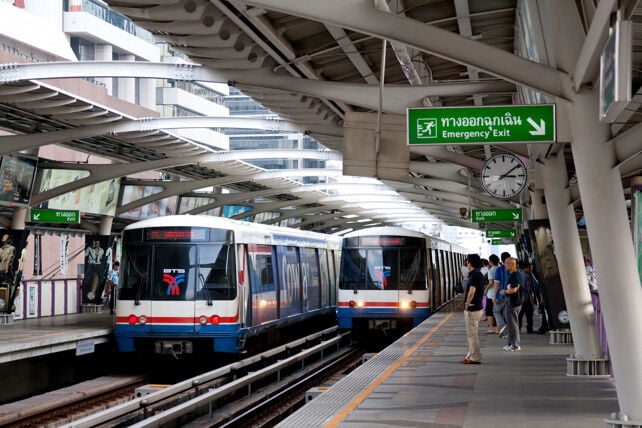
Sukhumvit Line (Light Green)
This line travels from the northern suburb of Mo Chit through the city’s heart along Sukhumvit Road and all the way to the eastern suburb of Kheha. It passes through commercial areas like Siam, and shopping districts like Asok and Thong Lo, and connects to many residential areas.
Silom Line (Dark Green)
The Silom Line train extends from the National Stadium in the Siam shopping area and heads west, passing through Silom. Silom is a major business district for offices and markets. It then curves southwards and crosses the Chao Phraya River to serve the residential and industrial areas of Thonburi, terminating at Bang Wa.
Both lines meet at Siam Station, which serves as the main interchange point for passengers to switch between the two lines. The BTS Skytrain system is designed to make travelling faster and more convenient, bypassing the heavy traffic on the roads below.
ARL (Airport Rail Link)
The Bangkok Airport Rail Link provides a swift and direct service between the bustling city centre and Suvarnabhumi Airport. Active since 2010, this efficient rail system ensures travellers can smoothly transition from air to urban transit.
With a dedicated line stretching over 28 kilometres, the service features both City Line stops for access to various neighbourhoods. The faster Express Line for a quick hop to and from the airport. By avoiding traffic congestion, the Airport Rail Link is the go-to choice for speed and convenience.
The Airport Rail Link in Bangkok runs from Suvarnabhumi Airport to the heart of the city. Starting at the airport, the line extends over 28 kilometres and stops at eight stations: Suvarnabhumi, Lat Krabang, Ban Thap Chang, Hua Mak, Ramkhamhaeng, Makkasan (with a connection to MRT Phetchaburi), Ratchaprarop, and ends at Phaya Thai, linking passengers to the BTS Skytrain network.
This vital transit route traverses a mix of residential and commercial zones which provides both locals and tourists with an accessible and fast option to travel in and out of the city.
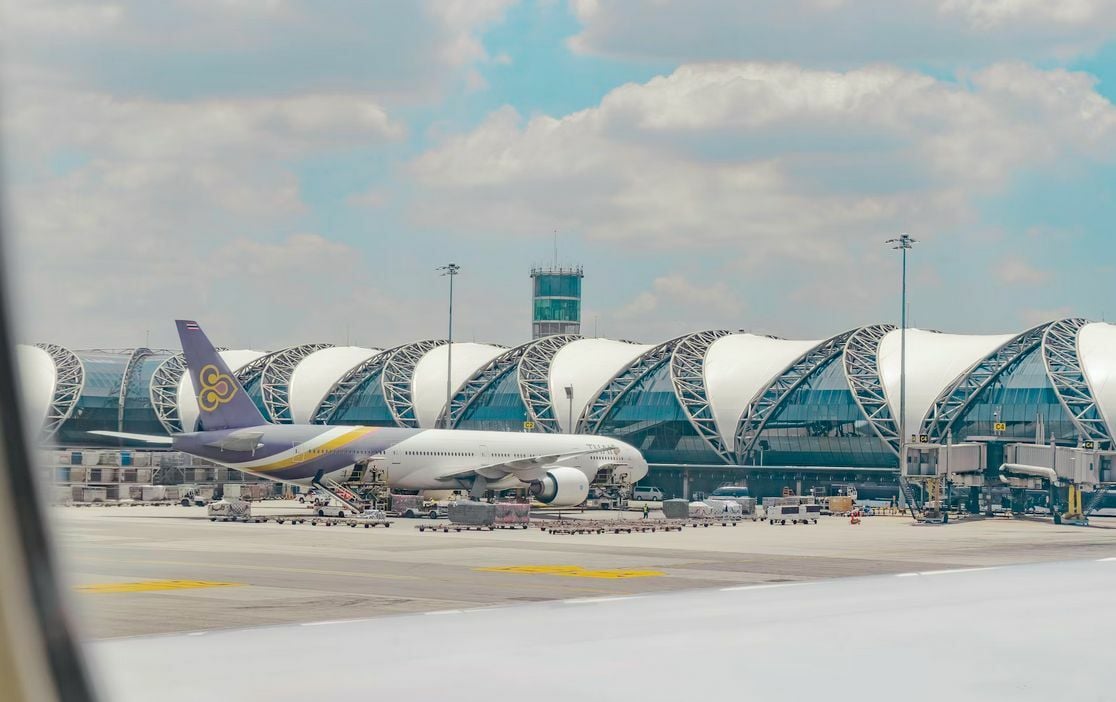
The comprehensive train systems of Bangkok, which include the MRT, BTS, APL, and SRT Red Lines, have had a cumulatively transformative influence on the city’s transportation infrastructure. These train systems have done this by providing options for city-wide transit that are quick, dependable, and easily accessible.
By consistently expanding networks, Bangkok is able to pave the path for travel. That is not only convenient but also good for the environment and this contributes to Bangkok’s status as a cutting-edge metropolis.
Need a guide on how to travel around Bangkok? You can find out with our city’s guide on how to get around Bangkok.
Latest Thailand News
Follow The Thaiger on Google News:
